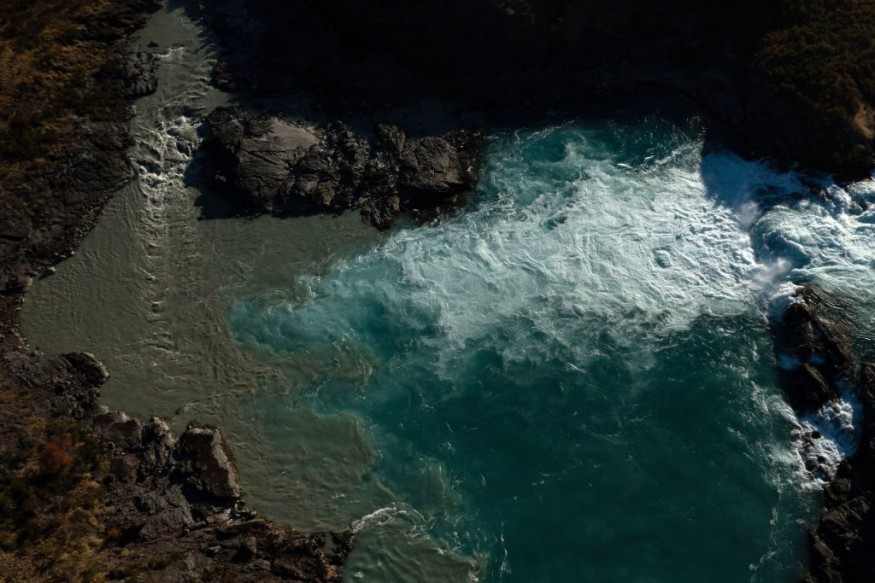Landslides have often been associated with natural disasters, a form of a natural catastrophe caused by flooding, excessive rainfall, meteorological, or geological factors.
However, a new study suggests these rockfalls can also significantly contribute to retaining Earth's remaining glaciers amid the threats posed by climate change and global warming.
In light of the new discovery, geologists, glaciologists, and other scientists in the long-term future can reportedly predict the glacial growth or melting using landslides as an initial parameter.
Yet, this measurement is not absolute since other factors such as atmospheric and ocean warming are essential to rule out.
Glacier Melt and Movement

In a new research article published in the journal Geology on April 26, a research team led by the University of Minnesota, Twin Cities revealed, for the first time, that landslides can impact glacier movement, decreasing its melting process and causing the glacier to grow in size.
The researchers were able to arrive at their findings by using satellite imagery to study the effects of a 2019 landslide in Chile, where it occurred on the Amalia Glacier in the Patagonia region of the South American nation.
Amalia Glacier
Following the landslide in 2019, the University of Minnesota researchers noticed the Amalia Glacier suddenly started to grow or advance at a speed of unprecedented rate. Since then, its flow speed has slowed to pre-landslide speed and has grown to about 1,000 meters (3,280 feet).
These landslides are common and since they can stabilize glaciers, they might affect future projections of glacier sizes, according to Max Van Wyk de Vries, lead author of the study and recent Ph.D. graduate from the university's N.H. Winchell School of Earth and Environmental Sciences, as cited by Phys.org.
Despite the common occurrence of rockfalls, the study underlined its relation to glacier melting and glacier movement remains unknown until the said findings.
Glacier Landslide Mechanics
The study's authors found that landslides from above push the ice from the glacier in a downstream direction, triggering it to immediately advance and increase in size. In addition, the rock and sediment from the rockfall accumulate in areas where the glacier borders the sea, as per Phys.org.
Furthermore, these prevent icebergs from breaking off or detaching into the ocean, resulting in the stabilization of the glacier.
Climate Change and Global Warming
The new study acknowledged climate change-triggered global warming, including atmospheric and ocean warming, has severely contributed to rapid glacier thinning and retreat, but it also paved the way for increasing landslide frequency and hillslope destabilization.
These are also possible due to human-induced greenhouse gas emissions and the excessive burning of fossil fuels; where greenhouse gases (GHGs) reach the atmosphere and warm the planet through the absorption of solar heat called the greenhouse effect.
According to the Washington DC-based organization World Wildlife Fund, even if emissions are curbed more than 75% of the world's remaining glaciers will melt before the year 2100.
Thus, the University of Minnesota study can be considered significant; since the past century has been marked by the threat of melting glaciers, leading to global sea-level rise by approximately 70 meters (230 feet), as per the United States Geological Survey (USGS).
© 2025 NatureWorldNews.com All rights reserved. Do not reproduce without permission.





